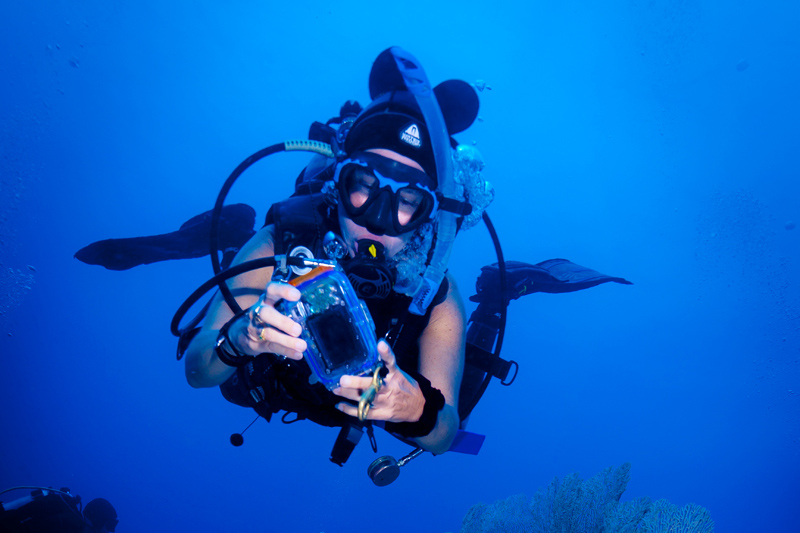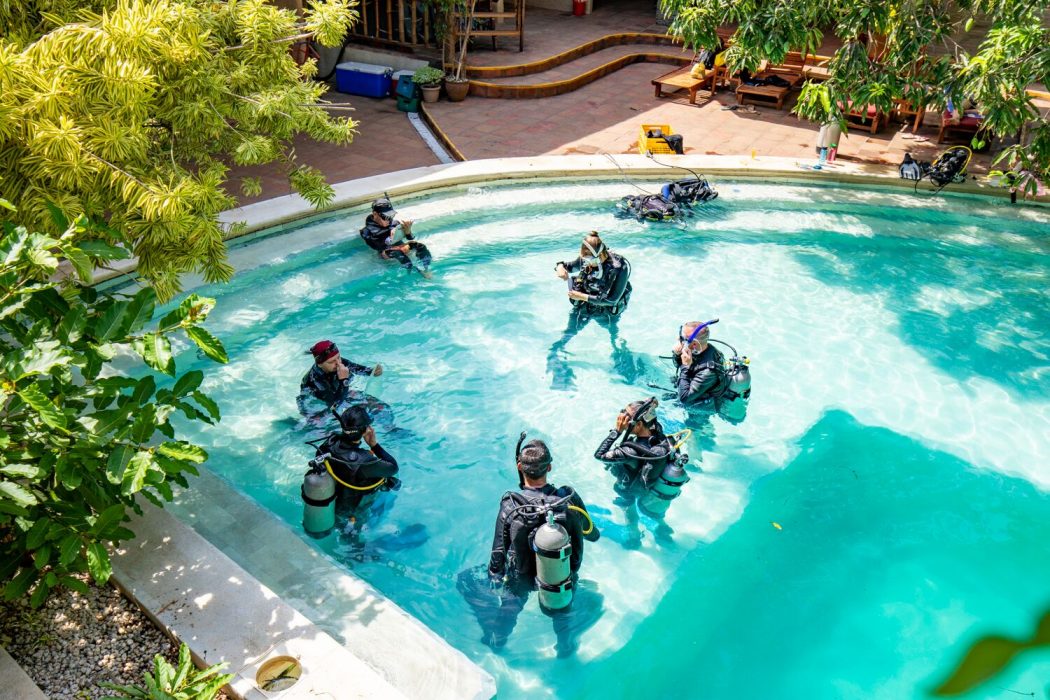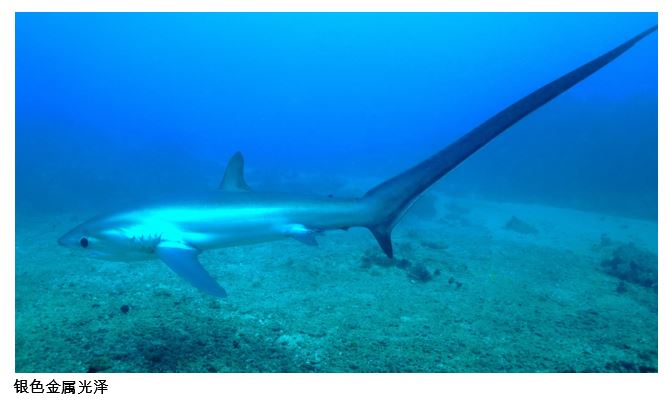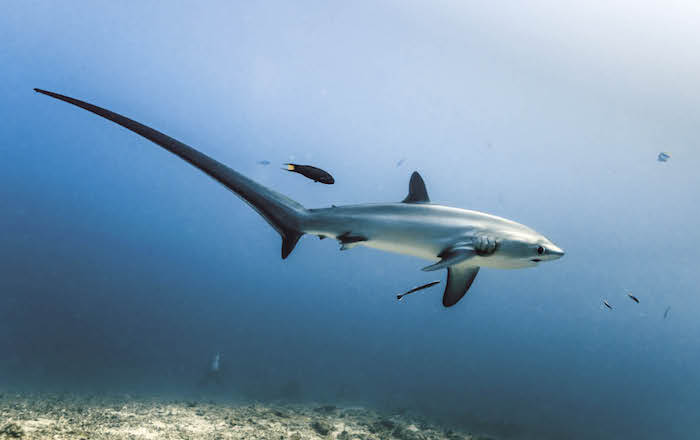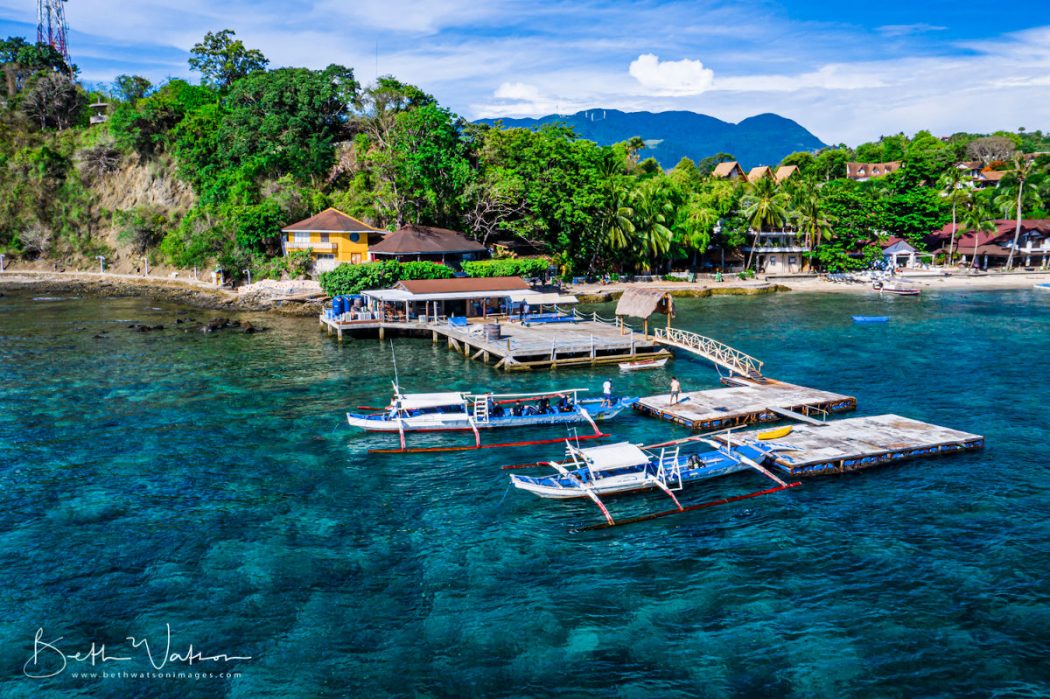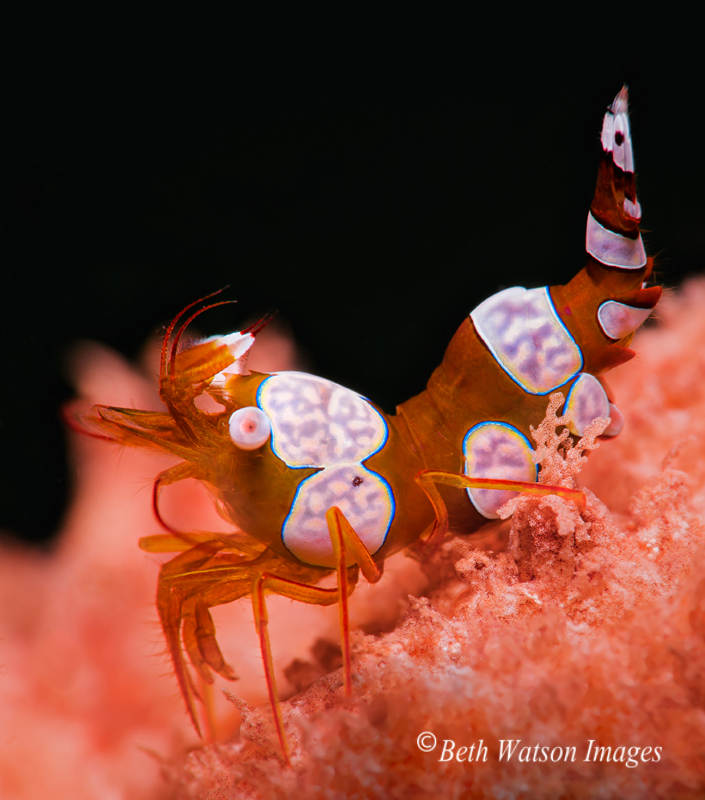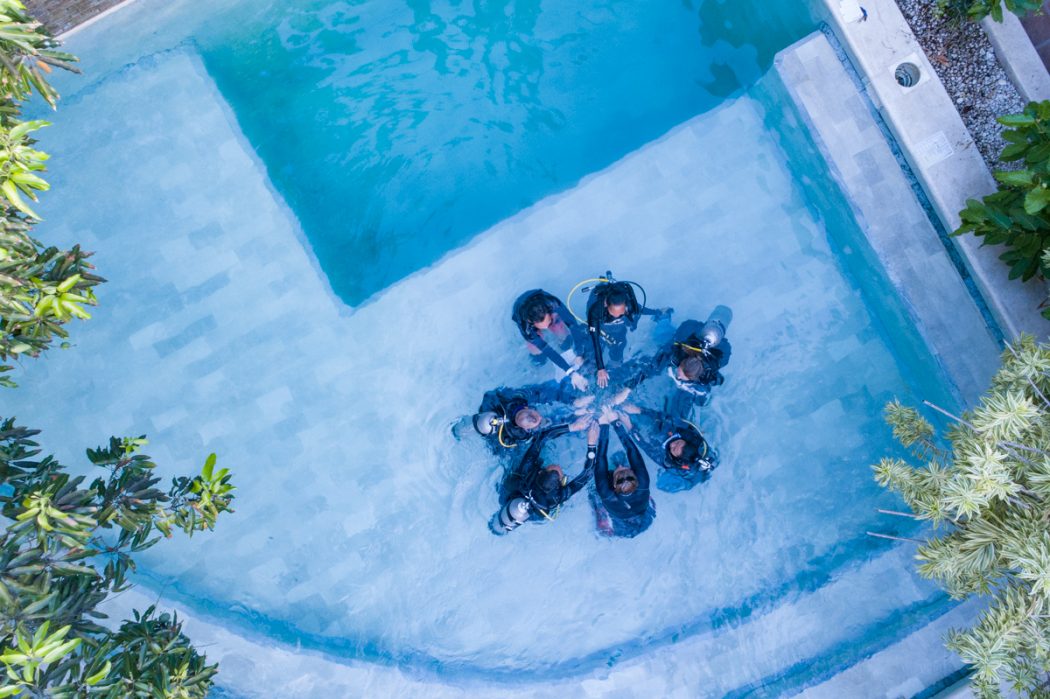Scuba diving in Puerto Galera is one of many scuba divers’ biggest dreams. To understand why Puerto Galera is such a wonderful place for many scuba divers, we need to look at the big picture of the scuba diving world – starting with the world-famous Coral Triangle.
What is the Coral Triangle?
The Coral Triangle is a 1.4 billion-acre coral-rich aquatic region that encompasses the Philippines, Malaysia, Indonesia, Timor-Leste, Papua New Guinea, and the Solomon Islands. It’s considered to be a crucial region for conservation and research, as it contains the world’s most diverse ecosystems of tropical reef and pelagic species – often found nowhere else in the world.
Often referred to as the “Amazon of the seas”, The Coral Triangle is far more diverse than The Great Barrier Reef and the Fiji Islands combined. About 6000 species of reef fish thrive in these waters – 250 of them are endemic to this region. There are an estimated 798 species of corals, making up an incredible 76% of all known coral species on Earth.
The Center of the Coral Triangle – the Verde Island Passage
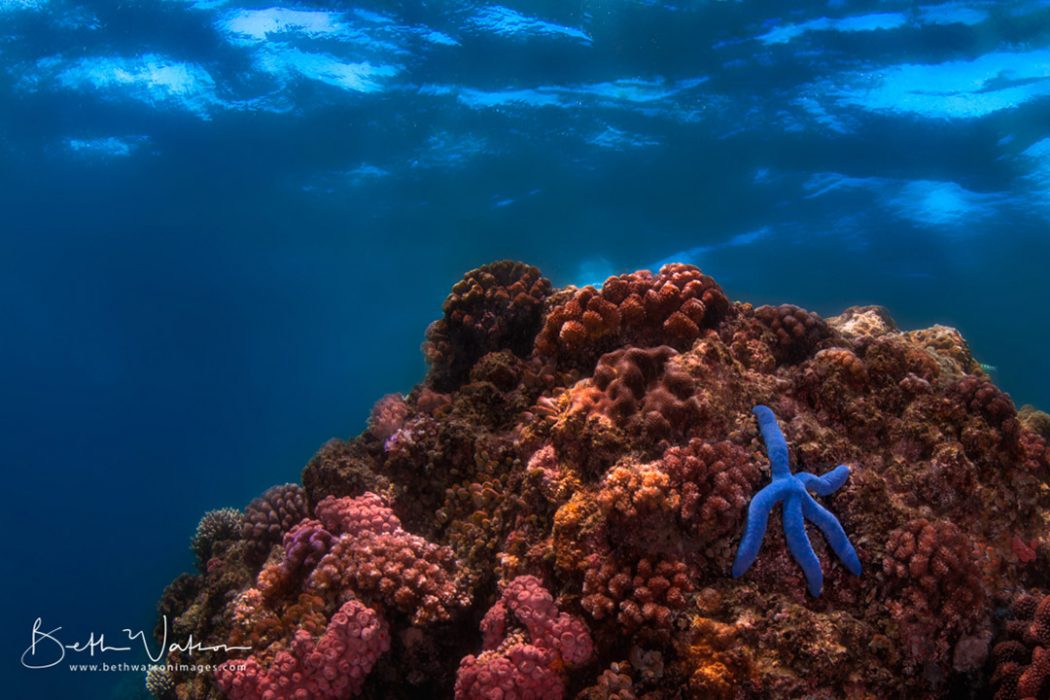
foto by Beth Watson
The Verde Island Passage is a narrow strait between Mindoro Island and Luzon island of the Philippines. The humble strait may not look much from above sea level – a busy strait that connects several islands together, with a shield volcano that guards the passage.
But the underwater world is beyond belief. The Verde Island Passage is called the center of the Coral Triangle because among all the sections of the triangle, this region is the richest of all. A UNESCO World Heritage Site nominee, this stretch of water – no more than 1.14 million hectares – contains some of the rarest sea turtles and wrasses.
Why stay at Puerto Galera?
If Puerto Galera is a house, then Verde Island Passage is its backyard. Of course, dozens of must-see dive sites sprawl around the holiday city like patches of flower beds in the proverbial diving garden – see them for yourself by looking at this map of dive sites in Puerto Galera.
Apart from incredible dive sites, Puerto Galera is also home to some of the Philippines’ untouched reserve of natural beauty. Waterfalls, river rapids, and curious traditional villages welcome travelers from around the globe – you just have to pick the right accommodations with the right kind of services for you.
El Galleon Dive Resort
At El Galleon Diver Resort, dive sites are just minutes away from our private dock. You won’t need to wait in a long line to get to your next bangka boat to take you wherever you want to go – we have them stationed at the docks along with a couple of speedboats.
Our thorough PADI-certified courses at Asia Divers (a subdivision of our resort) has helped hundreds of divers over the years to learn to scuba dive. Many have even gone on to become instructors themselves.
Learn to dive, dive independently, and explore the Coral Triangle – it all starts at Asia Divers.
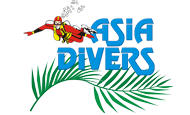



 TripAdvisor Certificate of Excellence
TripAdvisor Certificate of Excellence